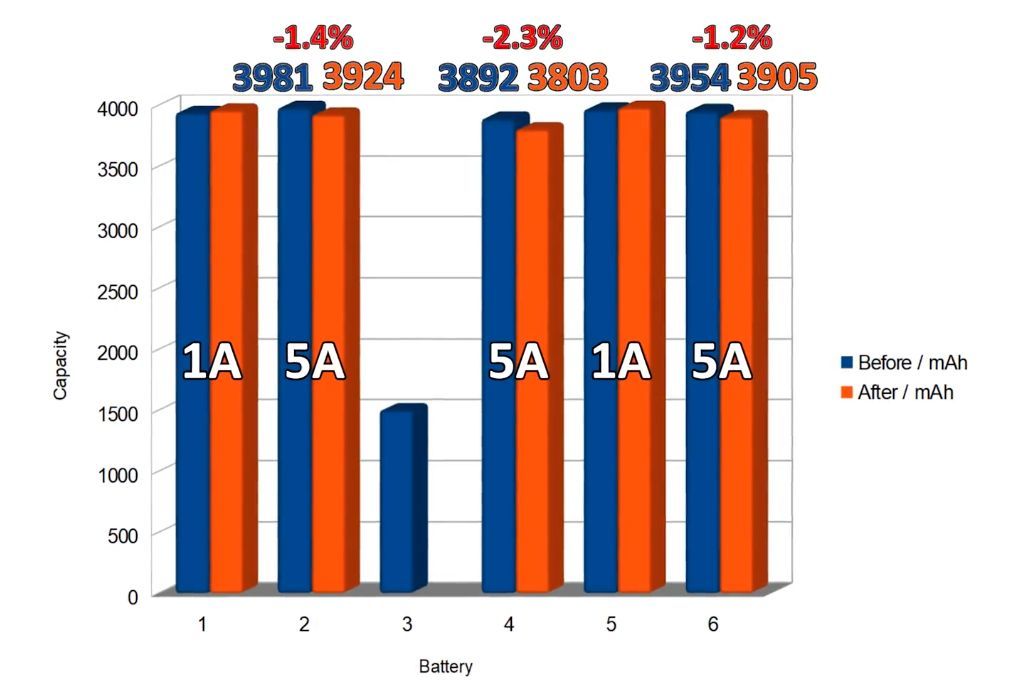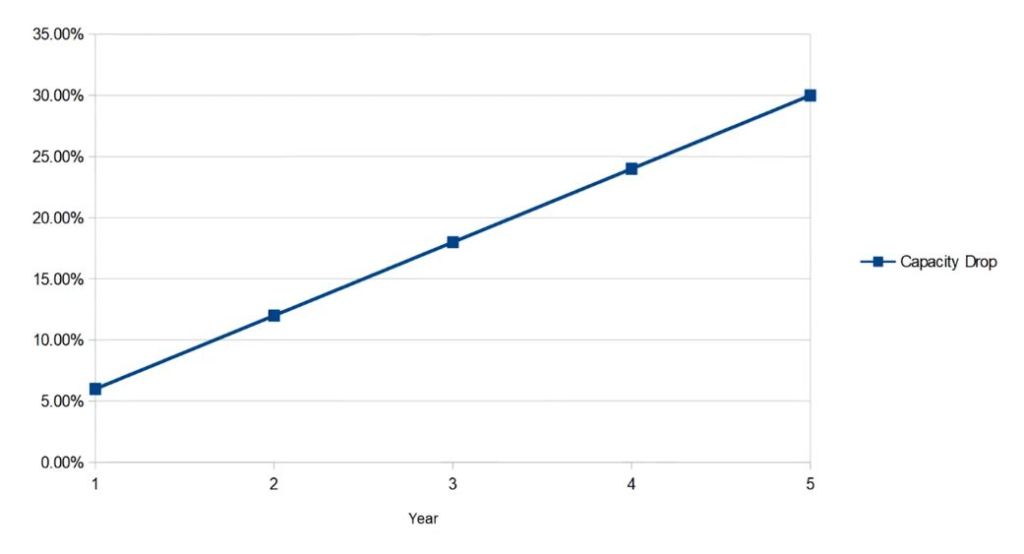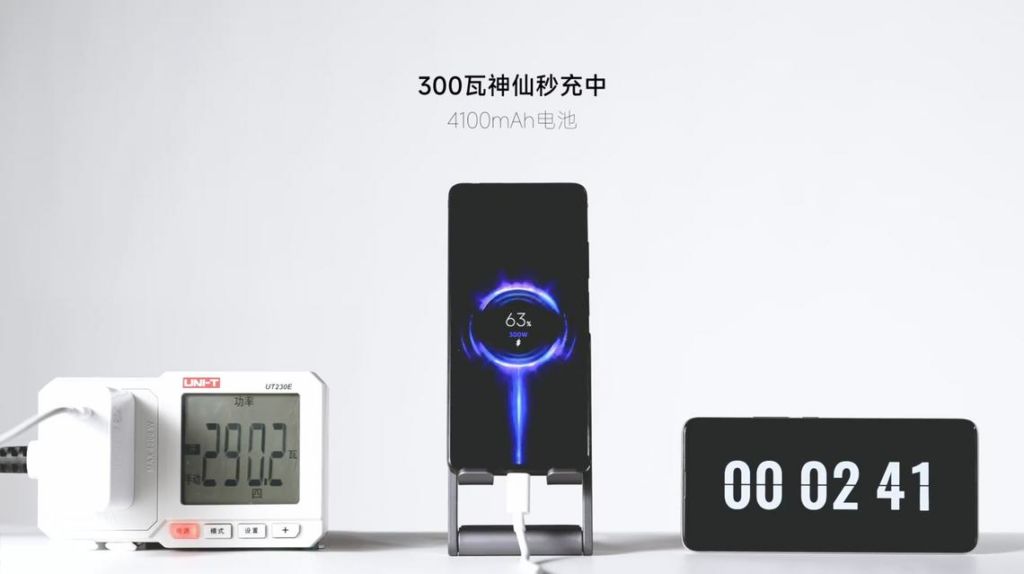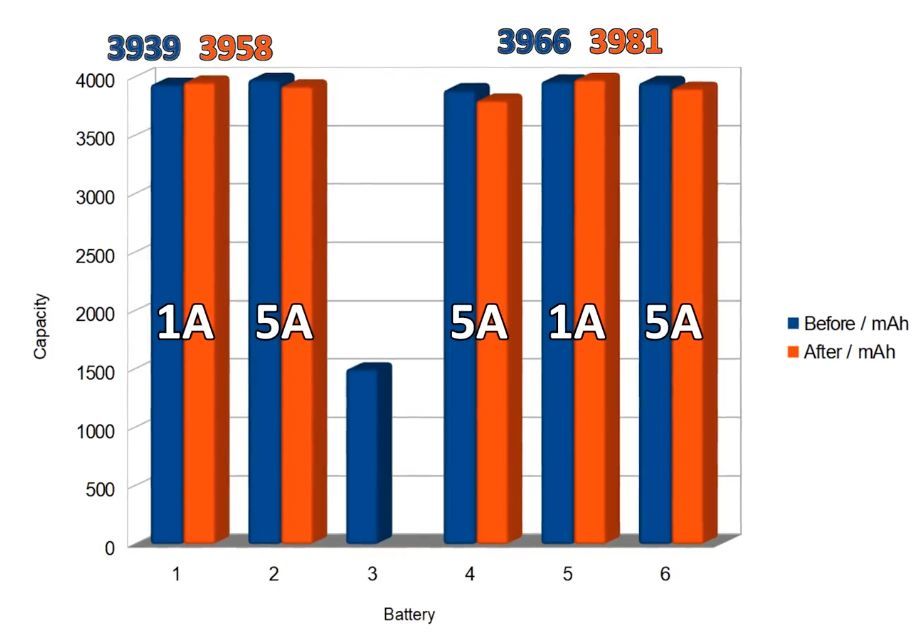Resource testing of batteries allowed us to determine whether the battery indeed degrades faster when charged with high current. High charging current is used in all smartphones that offer fast charging.
Regular charging occurs at a power of about 10 watts, typically meaning that a smartphone battery receives 2 amps of current at 5 volts. Through a USB cable, a maximum of 5 amps of current is usually allowed.
Fast charging doesn’t have a standard value – each manufacturer understands it differently. For example, Apple doesn’t disclose numbers, but tests of iPhones show that they can consume up to 26-27 watts during charging. For some Samsung Galaxy models, fast charging means 25 watts, while for top models, it’s 45 watts. Xiaomi announced the introduction of 300-watt fast charging at the beginning of 2023 – the phone Redmi Note 12 Pro shown in their photo consumes 290 watts.
While vendors advertise charging speed – Redmi Note 12 Pro recharges from 0% to 100% in 5 minutes – they try not to mention battery degradation or describe it vaguely.
Blogger Great Scott decided to practically test how much the battery degrades from fast charging. He bought a batch of six identical batteries for Samsung Galaxy S20 Plus (EB-BG985ABY) with a stated capacity of 4370 mAh and an initial actual capacity of about 3900 mAh. One of them turned out to be defective, with a capacity of only 1500 mAh.
The man created a stand that charged two batteries at a slow current of 1 amp (about 5 watts) and three others at a fast current of 5 amps (about 25 watts).
He then subjected the batteries to a resource test of full charge and discharge 100 times. This is approximately 100 days of phone usage.
It turned out that during this period, the slowly charged battery did not experience any visible capacity loss.
At the same time, fast charging at 5 amps led to a noticeable decrease in capacity. Over three months of fast charging, the batteries lost an average of 1.6% of their initial capacity.
 Assuming that capacity reduction during fast charging occurs linearly, it’s possible to forecast when the battery will reach a critical wear threshold – losing 20% of its initial capacity.
Assuming that capacity reduction during fast charging occurs linearly, it’s possible to forecast when the battery will reach a critical wear threshold – losing 20% of its initial capacity.
 Interestingly, the experiment results align with manufacturer data. For instance, OPPO states that charging a smartphone at 240 watts will lead to a 20% capacity loss in its battery after 800 cycles – roughly two years of daily charging.
Interestingly, the experiment results align with manufacturer data. For instance, OPPO states that charging a smartphone at 240 watts will lead to a 20% capacity loss in its battery after 800 cycles – roughly two years of daily charging.






